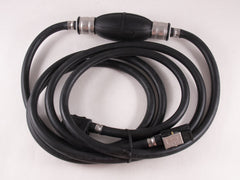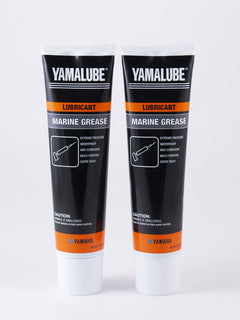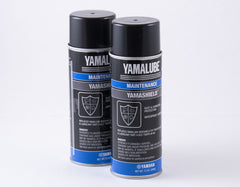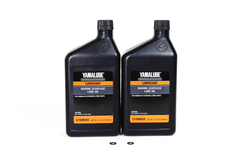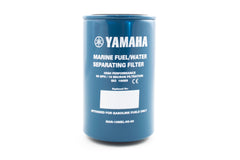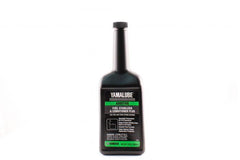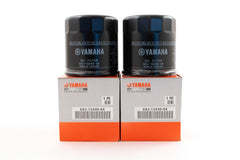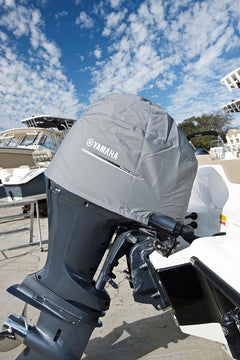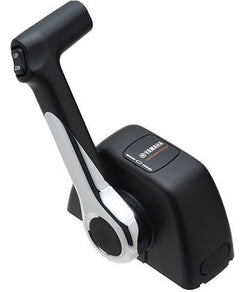Yamaha Digital Gauges vs Yamaha Analog Gauges - What’s Better for My Yamaha Outboard Motor?
Both digital and analog gauges have advantages and disadvantages, so it ultimately depends on your preferences and specific needs.
Making the Decision to Go Digital or Stay Analog
Analog Gauges
Analog gauges are traditional gauges that use mechanical mechanisms to display readings. They have been used for decades and are reliable and easy to read. They are also generally less expensive than digital gauges. However, they may not provide as accurate readings as digital gauges, and they can be more difficult to read in certain lighting conditions.
Digital Gauges
Digital gauges, on the other hand, use electronic displays to provide more accurate and precise readings. Digital boat gauges can also offer a wider range of information, such as fuel efficiency and diagnostic codes. They are also typically easier to read in various lighting conditions, and some models can be customized to display information in different languages. However, they are usually more expensive than analog gauges and require a power source, which means they can drain your battery.
Yamaha Smart Gauges
Yamaha smart gauges are digital gauges that provide advanced and accurate information about Yamaha outboard motors. They typically include a multifunction digital display showing engine RPM, speed, fuel level, oil pressure, water temperature, battery voltage, and trim angle. Some models include GPS navigation, weather data, and fuel consumption information.
Yamaha smart gauges communicate with the outboard motor's onboard computer system for more accurate and detailed real-time information. They have buttons and controls to adjust settings like backlighting, alarm thresholds, and display layout, and some models offer Bluetooth or Wi-Fi connectivity for mobile devices and other compatible systems. Yamaha smart gauges are a powerful tool that helps boaters make informed decisions, improve overall efficiency and safety, and offer advanced features for convenience and functionality.
What’s the best choice for me?
In general, if you prioritize accuracy and want more information than just basic readings, digital gauges may be a better choice - with smart gauges being Yamaha’s most advanced options at a higher price tag.
If you prefer a more traditional and straightforward approach (and want to save money), analog gauges may be better.
Ultimately, the best choice will depend on your specific needs, preferences, and what you feel most comfortable with.
Popular Yamaha Analog Outboard Gauges
Looking for classic simplicity with your Yamaha marine gauge?
If so, you’ll love the analog gauges from Yamaha Online Parts. Some excellent options you should consider include the Pro Series II™ and Pro Series™ analog models. These Yamaha outboard gauges offer simplicity while providing the vital information you need. The Pro Series II is available in illuminated black or white faceplate designs for the speedometer, tachometer, fuel level meter, and more. Alternatively, the Pro Series comes in an illuminated black-and-orange faceplate.
Popular Yamaha Digital Outboard Gauges
For those who are fans of technology and want all the information they can get, you’ll love digital gauges like the Command Link Plus. This Yamaha outboard gauge features a 5-inch high-resolution LCD. This complete system is compatible with new Yamaha engines. It includes the displays, engine throttle shift, start-stop, and more. You’ll enjoy the ability to display the data for up to three outboards.
You should also check out the Yamaha 6YC Information Station, which can be used with the Command Link Plus and up to two Yamaha outboard motors. You’ll be saving console space while also having access to even more information in a more straightforward format that’s easy to understand. These noteworthy features include a color display, a compact size of 6.5 inches, and a non-glare flat back surface. You’ll even be able to track engine RPM, fuel levels, fuel economy, and much more. This is the way to go when you need a multi-function outboard gauge setup.

